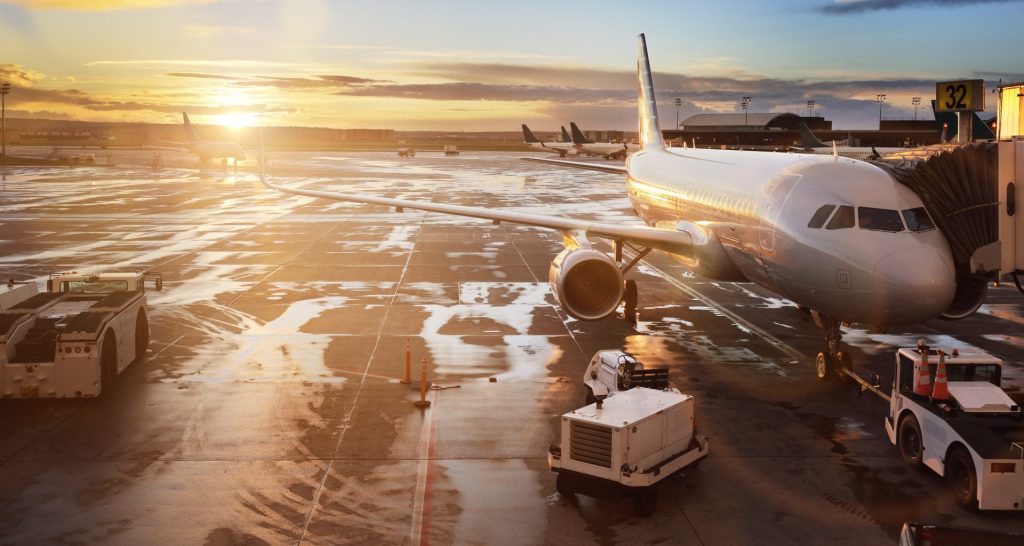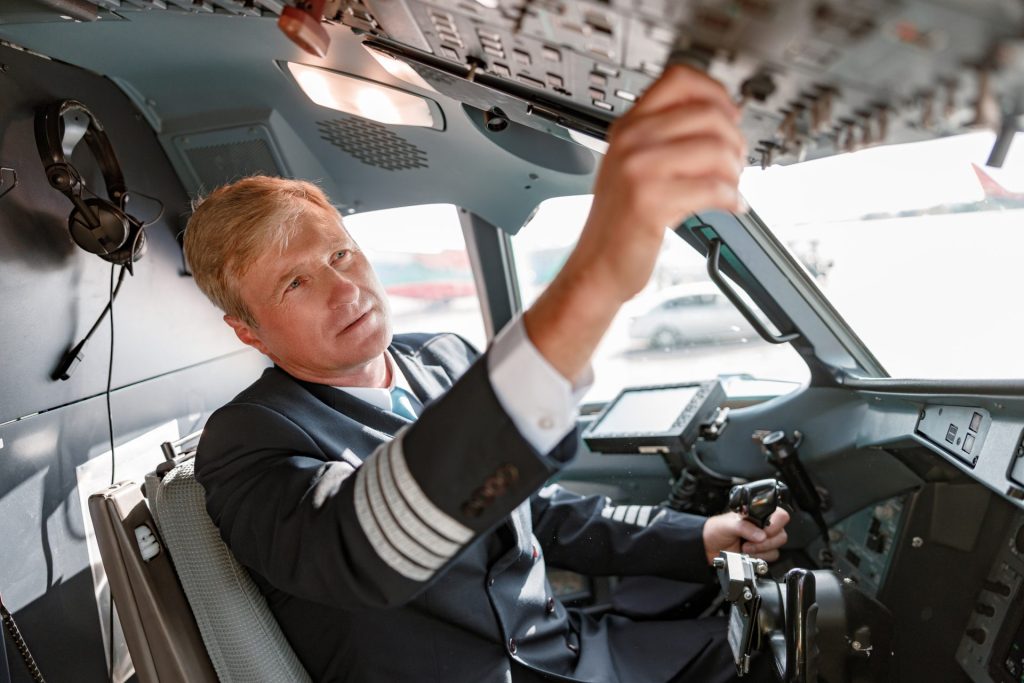After something goes wrong in the air, owners, pilots, and passengers alike will often look for someone to blame. The technicians and mechanics who last performed maintenance on the aircraft may find themselves involved in prolonged civil litigation or even an FAA enforcement action. Careful compliance, a strong safety culture, extensive documentation, and a sharp eye out for legal risks can help keep a repair station safe.
Part 145 and Its Responsibilities
A repair station licensed under Part 145 of the FAR (Federal Aviation Regulations) can be rated to perform repairs on any or all of the following—
- Airframes
- Powerplants (engines)
- Propellers
- Radios (including communications, navigation, or radar equipment)
- Instruments
- Accessories
14 CFR 145.59.
These ratings are further divided into classes. For example, a station may only have a Class 1 radio rating, allowing them to repair communications equipment, but not a Class 2 or Class 3 rating for navigation or radar equipment. A station might also apply for a limited rating, permitting repair of a specific make and model of equipment in a class and none other. In addition to serving a range of aviation repair needs, a Part 145 repair station may also handle hazardous materials.
The Legal Aftermath of Aviation Troubles
When an aircraft experiences a serious incident or an accident, the pilots and owners face heavy costs. There will not only be damage to the aircraft, or even a total loss, but there will very likely be defense expenses, as the NTSB and FAA may put investigations in motion that could lead to civil penalties or the loss of certificates. If there were injuries or deaths, those onboard (or their families) will bear high medical expenses or the costs of losing a family member.

In short, there will be lawsuits and countersuits. And the pilots or owners have a strong incentive to seek another party who may have been at fault. Thus, the aircraft’s maintenance history will be open to scrutiny, whether or not it had anything to do with the failures leading to the accident at hand. And the aircraft’s usual repair station—or the last one to handle it—will come under the spotlight.
To avoid coming to grief in a lawsuit like this, stations and mechanics must not only follow FAA regulations to the letter but adhere to a standard of reasonable care—sometimes called a “prudent mechanic” standard. Whether or not a shop or a mechanic followed FAA procedures, a plaintiff’s attorney may see a chance to seek a judgment for an injured party if they can argue that the work was negligently done.
In civil law, someone is negligent if:
- They had a duty of care to a certain party,
- They breached that duty of care;
- As a result of that breach, the party was injured,
- And they suffered damages due to the injury.
How can a repair station avoid negligence or the appearance of negligence?
Frequent Legal Difficulties
Many aviation accidents have their roots in a failure to follow procedure (FFP), which can occur in the air, on the ground, or in the shop. FFP is a major safety concern for the FAA, which has created a number of courses and publications dedicated to understanding and prevention. According to the FAA, typical FFPs include:
- Performing tasks from memory
- Tolerance for interruptions and distractions at work
- Management’s lack of interest in non-compliance
- Failure to update procedures when appropriate
- Use of undocumented procedures or “norms”
- Ineffective communication between staff at hand-offs
These are encouraged by behaviors and attitudes frequently found in shops without a healthy safety culture, such as:
- Cutting corners
- Insufficient training
- Inadequate supervision
- Lack of commitment to procedures
- Few or no consequences for FFP if nothing “goes wrong”
- Complacency (“‘It’s been done that way for years'”)
FFP in aviation maintenance has led to tragic accidents. Moreover, even where FFP in a repair station does not appear to be an underlying cause in an accident, it can make defense very difficult for the station when a lawsuit inevitably arises.
One major FFP is “pencil-whipping,” or checking off maintenance procedures that were not performed. Under federal regulations, it is punishable by a loss of certification. 14 CFR 43.12. The repair station can also face heavy fines. 14 CFR 145.12.
In a civil lawsuit, fraudulent repair logging would be devastating for the credibility of the mechanic and the repair station. Worse yet, a responsible corporate officer (or RCO), such as a manager at a repair station, can face criminal liability for offenses that they should have been able to prevent. Even if they did nothing wrong, the jury may not believe them.

Documentation is crucial, especially when an owner declines repair work that an aircraft needs. Sometimes an owner will not pay for necessary repairs; they may choose a less expensive alternative that does not address the problem. When this happens, it is wise to document the situation and the refusal in a letter to the owner.
An experienced aviation law attorney can help you ensure that you stay up to date and use procedures that will hold up under the weight of later examination. At Aero Law Center, we can assist you with continuing compliance and defend you if you face litigation. Call us today at 954-869-8950 to schedule your free consultation.

 CALL US NOW
CALL US NOW






